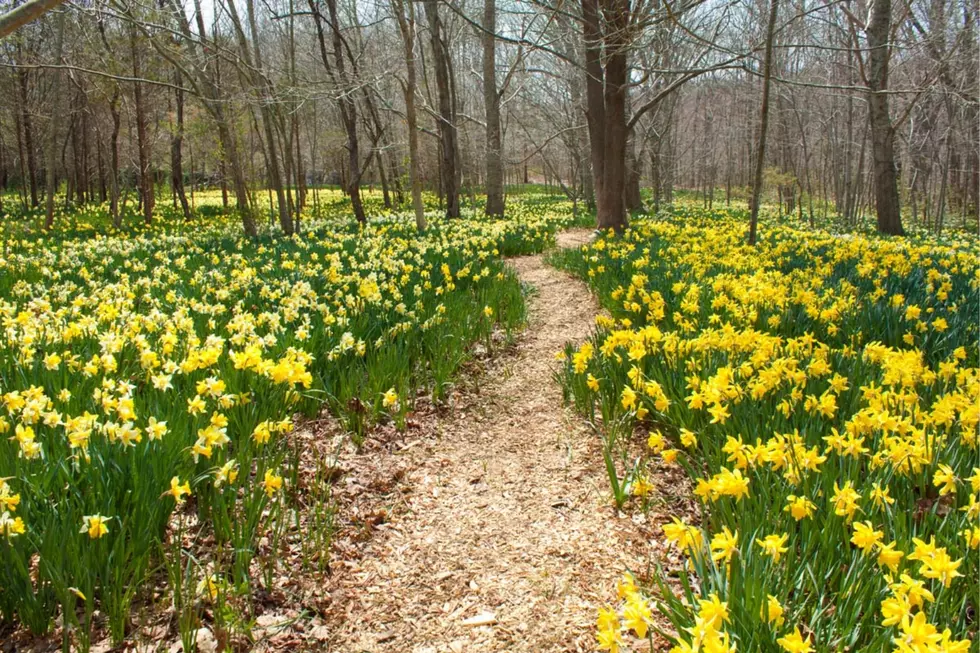
DNRT Closes Parsons Reserve Daffodil Field for the 2021 Season
Community members of the SouthCoast have loved visiting this field of yellow blooms each spring for years. Unfortunately, the COVID-19 pandemic forced the Dartmouth Natural Resources Trust (DNRT) to close the Parsons Reserve in 2020 and the daffodils will see the same fate for 2021.
DNRT confirmed on Wednesday, March 10 that the Parsons Reserve will be closed for the daffodil season this year. The season begins at the end of March and runs through early May. The decision came after considering current levels of COVID-19 and guidance from health officials.
“During this time, daffodil fields will not be maintained, the entrances to the Parsons Reserve will be blocked, and DNRT will be monitoring the property to enforce the closure,” DNRT said. “While COVID-19 cases recently have been dropping in Bristol County, they are still near the peak levels experienced back in May of 2020 and the county is considered ‘high risk.’ Inviting thousands of visitors into a relatively small outdoor area with very narrow trails is contrary to all public health guidance.

DNRT thanks everyone in advance for their understanding of this difficult decision.
According to DNRT Executive Director, Dexter Mead, the daffodil field typically attracts 8,000 to 10,000 people over a three-week period. “While we know that many people love the daffodils, we also know that limiting contact between people will save lives,” Mead said.
DNRT Development and Outreach Specialist Kendra Murray added, “The daffodils will be back next year. In the meantime, you can enjoy our other Reserves, but please be sure to follow appropriate guidelines for protecting yourself and others, including not coming within six feet of another person.”
Even though the public will not be allowed to visit this beautiful, Insta-worthy location in 2021, might you consider still making a donation of two dollars to help maintain the reserve? You can also become a member HERE.
READ ON: See the States Where People Live the Longest
More From WFHN-FM/FUN 107









